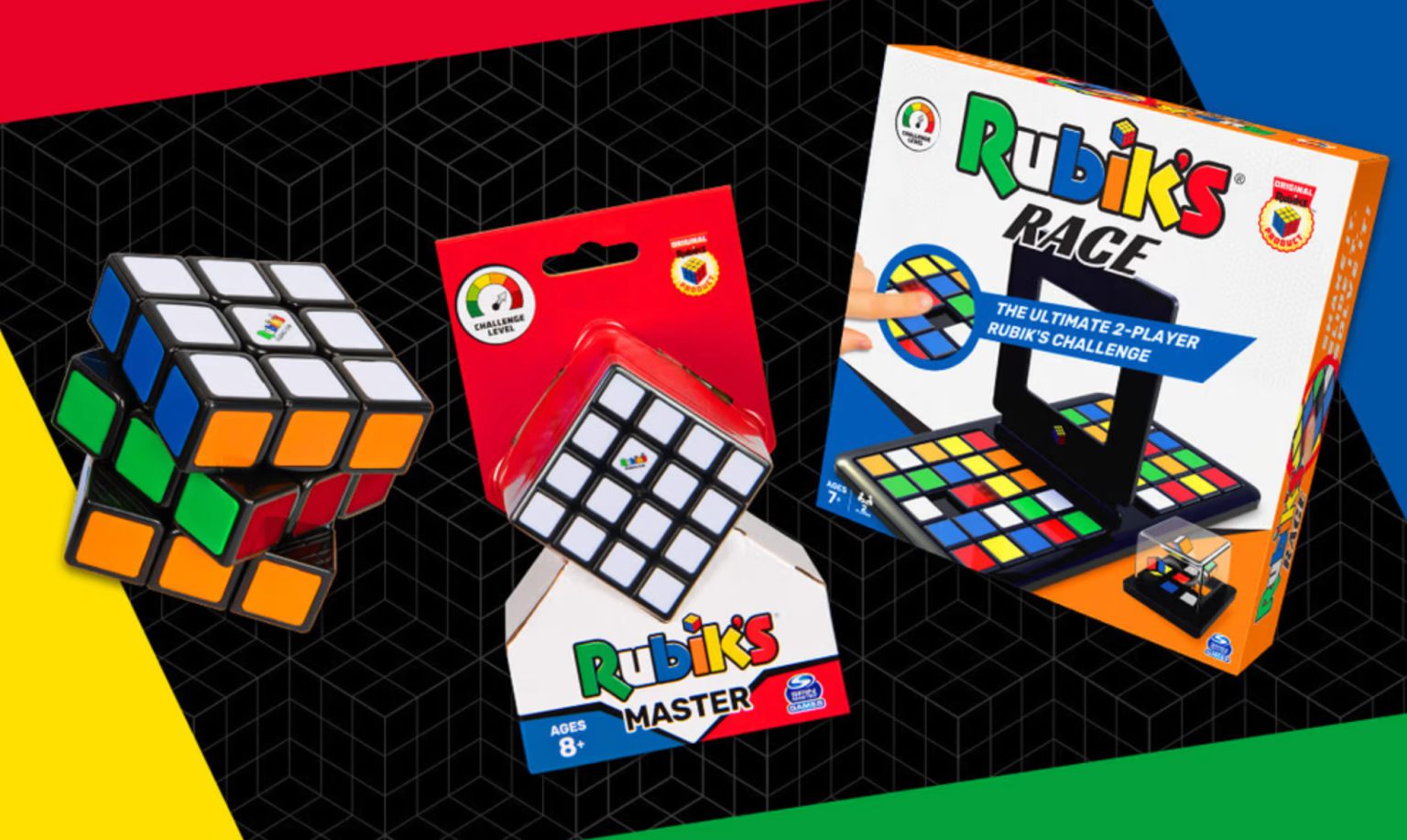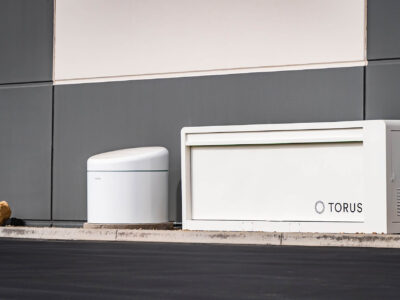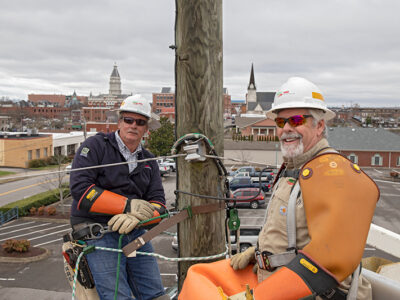It’s no coincidence that the global toy industry took off just as plastic became a viable commercial product. It allowed for the kind of mass production that eventually turned games and playthings into a $90 billion industry — and a major source of plastic pollution.
An estimated 11 million tons of plastic are dumped in the world’s oceans yearly. According to a 2014 United Nations Environment Programme report, toys are a significant contributor because of their standing as “the most plastic-intensive industry in the world.”
The modern industry aims to reverse those trends through innovative sustainability programs. More toys are now being made from sugarcane and other biodegradable materials such as bamboo, cotton, and hemp.
Some companies have even adopted 3D printing to produce toys rather than traditional assembly lines. This move not only cuts down on carbon emissions in the manufacturing process but also opens the industry up to new bioplastics made from sugar beets, potato starch, and cornflower.
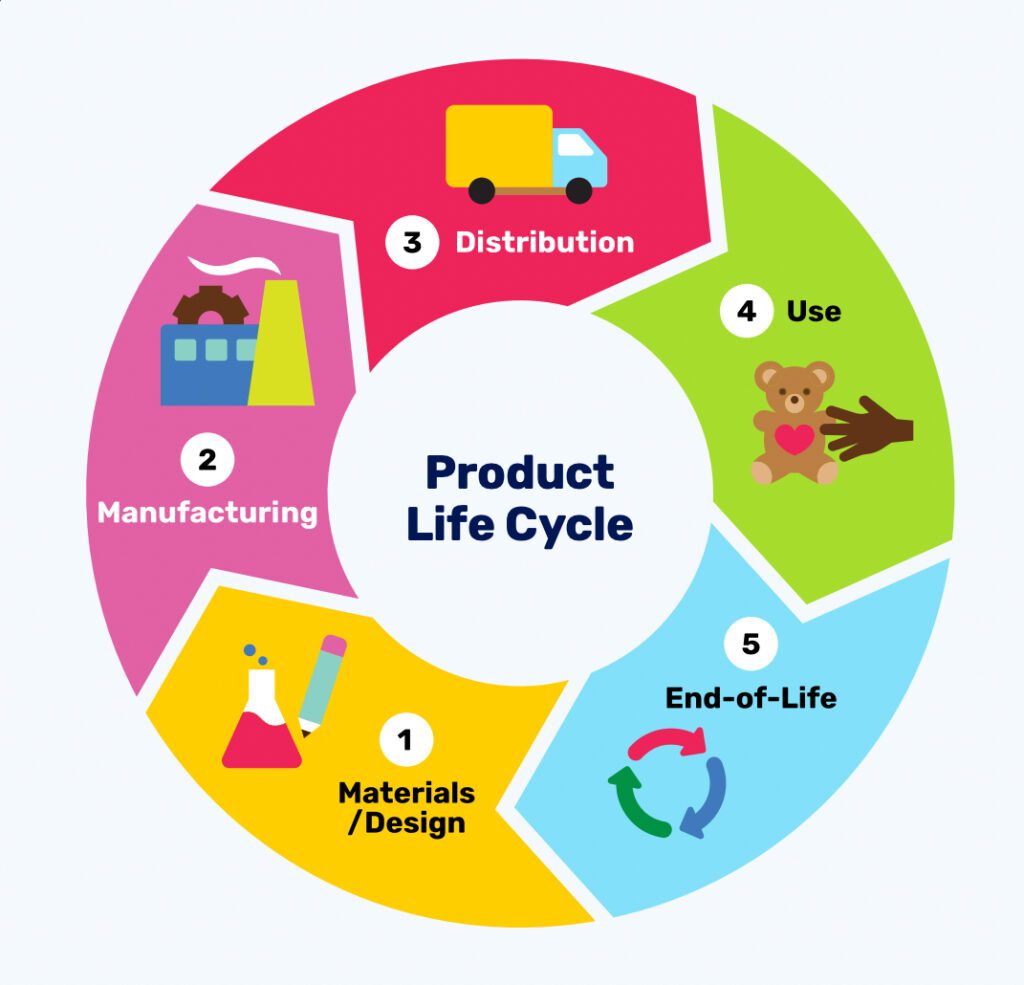
Photo Courtesy Spin Master
These innovations are being developed at all levels of the toy industry, from small startups to major manufacturers. The latter group includes Spin Master, a Toronto-based company whose brands include Rubik’s Cube, PAW Patrol, Bakugan, Hatchimals, Kinetic Sand, and Air Hogs.
Spin Master, founded in 1994, ranks as one of the biggest toy companies in the world, with more than $2 billion in annual revenue and more than 30 offices in nearly 20 countries.
The company took a significant step forward in 2020 with its $50 million purchase of Rubik’s Cube, the iconic 3D combination puzzle.

Photo Courtesy Spin Master
Like other toy manufacturers, Spin Master aims to reduce its carbon footprint by using more recycled materials, eliminating wasteful packaging, and providing more recycling options to consumers. The company grabbed headlines earlier this year when it announced that the Rubik’s Cube will now be made of 100% recycled plastic. If successful, the move should lead to more use of the recycled material in both Rubik’s Cube and other Spin Master products.
“The demand for these types of items is growing,” said Tammy Smitham, vice president for communications and corporate citizenship at Spin Master, to “Forbes” in a January interview.
The recycled Rubik’s Cube version debuted on Amazon.com earlier this year, alongside green versions of stuffed animals and popular games like checkers and dominos. These and other initiatives are part of a more extensive Spin Master sustainability program to reduce its carbon footprint.
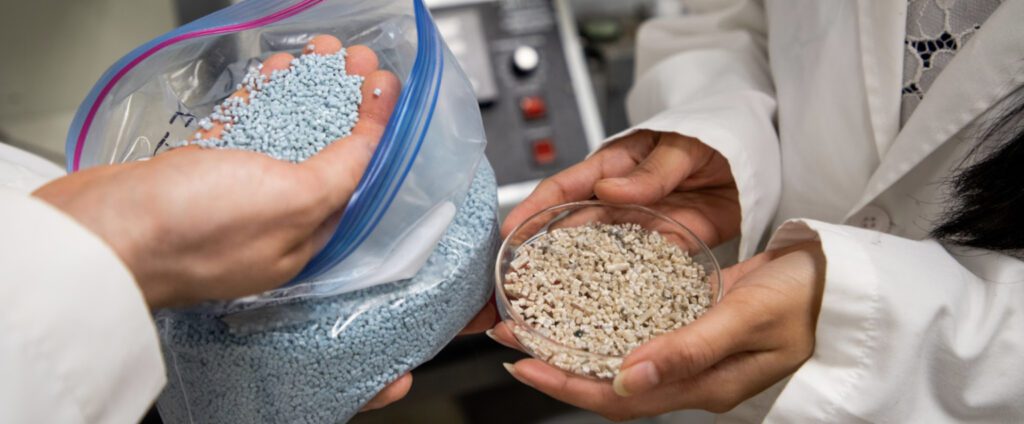
Photo Courtesy TerraCycle
Key elements of the program are to reduce the amount of plastic used in toys, increase the use of biodegradable/compostable materials, and simplify manufacturing so products can be recovered, dismantled, and recycled into new products.
Spin Master has set goals of cutting its use of plastic in half by 2025 and using eco-friendly inks on 50% of its packaging by 2025.
In 2020, it forged a partnership with recycling company TerraCycle that lets parents mail in old Spin Master products and packaging for recycling, free of charge. Similar campaigns have been launched by leading toymakers Mattel, Hasbro, and Lego.
Spin Master has spent many years researching “what type of materials we wanted to use, what was actually impactful to the world, rather than just greenwashing,” Diana Young, the company’s senior vice president of product development and engineering, told “Forbes.”
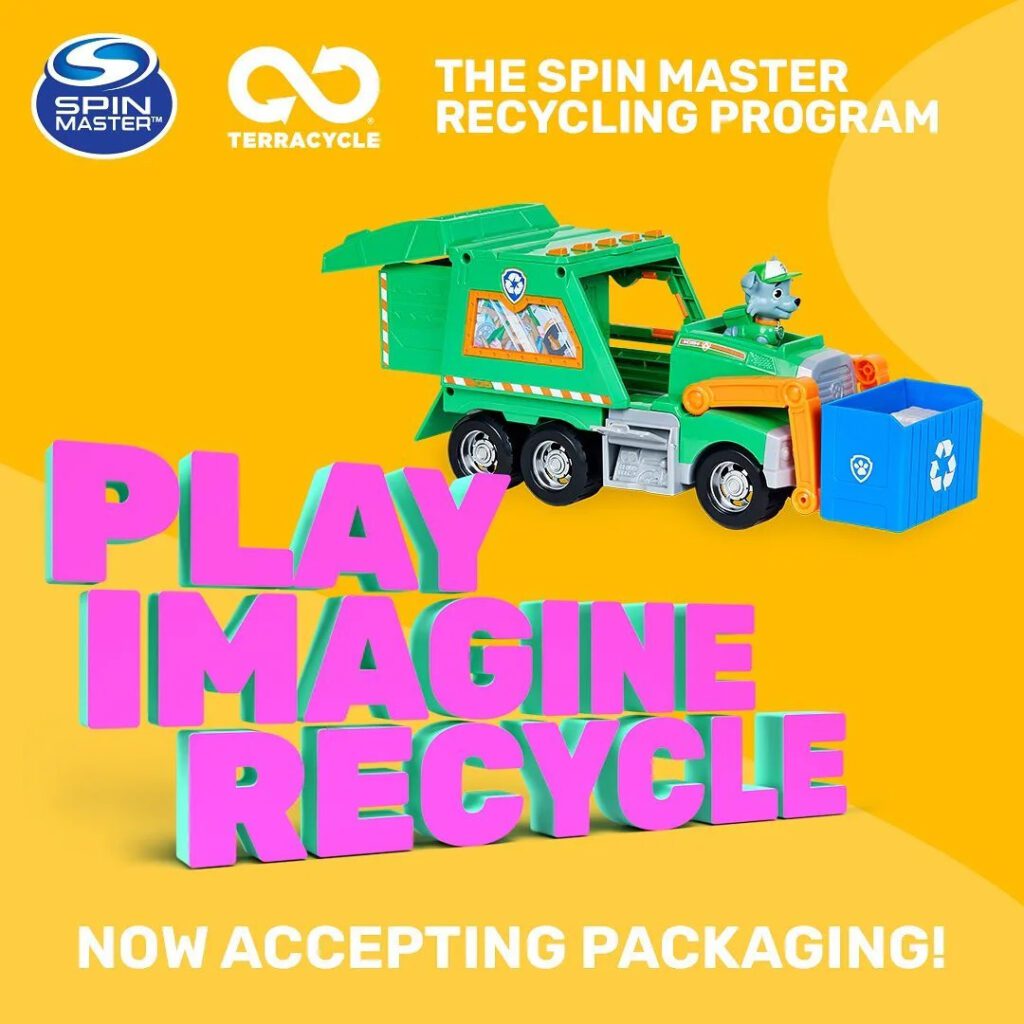
Photo Courtesy Spin Master Global
The Rubik’s Cube was a good candidate for a green makeover because of its popularity and heavy reliance on plastic. The main challenge was getting the colors right using recycled rather than a virgin version of the material.
Meanwhile, Spin Master has also formulated a Climate Action Plan that aims for a 70% reduction in Scope 1 and 2 carbon emissions by 2030 versus its 2019 baseline and attaining net-zero emissions by 2050. Features of the plan include “transitioning to electric vehicles, reducing owned manufacturing, upgrading leased building standards and enhancing energy efficiency, and sourcing regionally targeted renewable energy certificates for no more than 5–10% of total emissions.”

